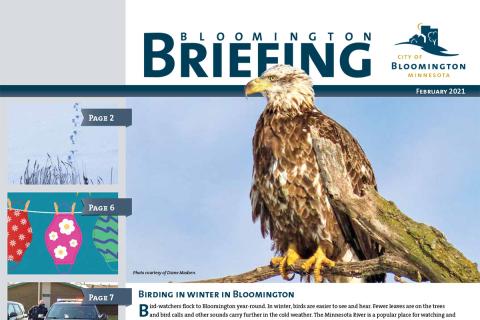Park Maintenance crews clear trees for a variety of reasons, including disease, infestation, removing invasive species and allowing more sunlight into the forest floor, promoting growth of slower growing native species like oaks. In instances like these, tree thinning supports the ecosystem.
“Over the years, with the lack of disturbances from fire and grazing, these systems have developed into more closed-canopy systems. They were once a lot more open,” Natural Resources Specialist Wade Yunker said. “Historically, Bloomington’s more heavily forested areas would be found on north facing slopes, where fire wasn’t able to reach, much fo the rest of the city would have been open prairie or savannah-like.”
Oak savannah habitats are extremely rare, with less than half a percent of all original habitat remaining. Add in invasive plants like buckthorn and honeysuckle to the understory and you get more shade. This causes ground layer plant diversity to decrease significantly, which can ultimately lead to bare soil and erosion.
Recently ash trees have been subject to removal due to the infestation of the emerald ash borer throughout Bloomington.
Another goal of these restorations is tree regeneration. With a closed canopy of these pioneering tree species, trees are unable to regenerate. Selective tree thinning looks to make openings on the ground layer to increase light and allow all these plants to grow and allow trees to regenerate.
Thinning trees is just one tool the City’s uses during restoration work throughout Bloomington. Learn more about local restoration efforts at blm.mn/restoration.



